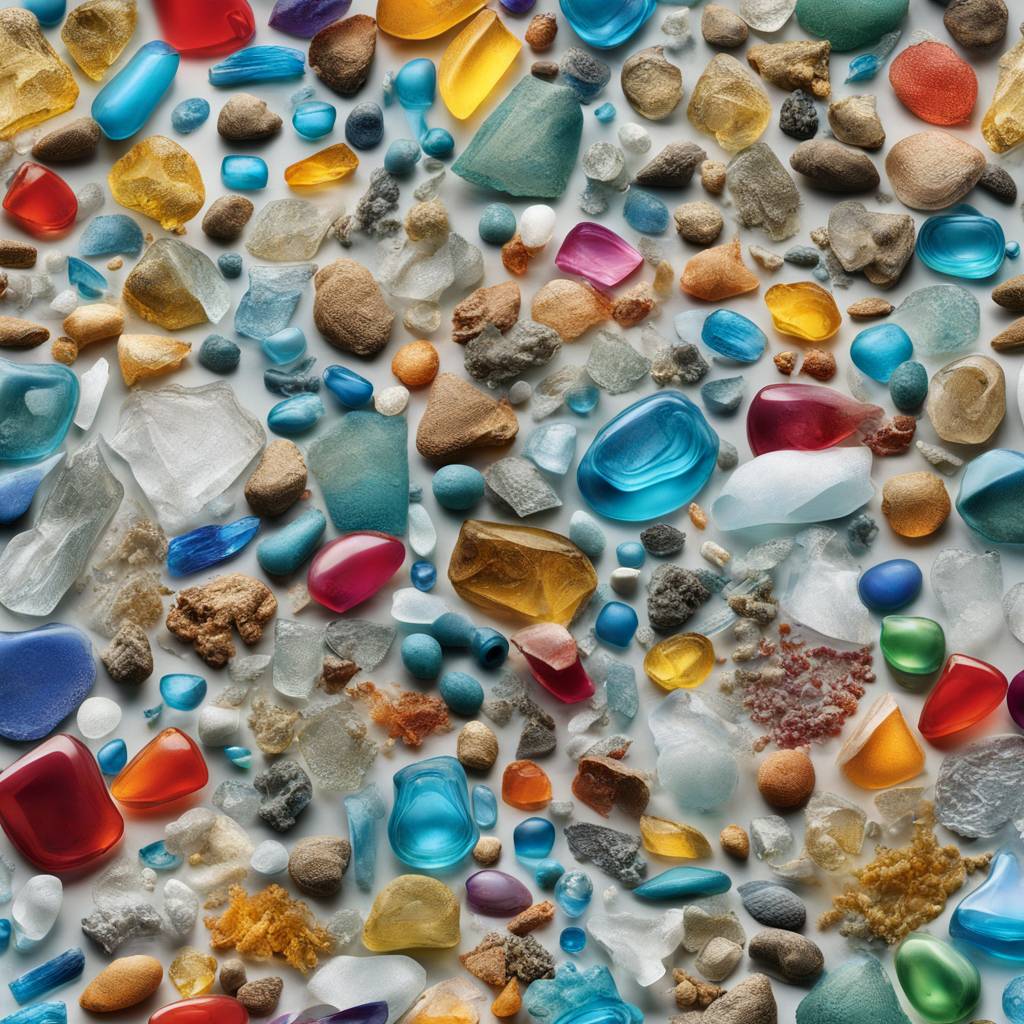Researchers have discovered evidence of microplastic contamination in archaeological soil samples for the first time. The team found tiny microplastic particles in deposits located more than seven meters deep, dating back to the first or early second century and excavated in the late 1980s. This discovery challenges the conventional approach of preserving archaeology in situ, as the presence of microplastics could compromise the preserved remains.
Microplastics are small plastic particles ranging from 1μm to 5mm, originating from sources such as broken plastic pieces or resin pellets used in plastic manufacturing. The study, published in the journal Science of the Total Environment, was conducted by the universities of York and Hull with the support of the educational charity York Archaeology. Professor John Schofield from the University of York’s Department of Archaeology stated that the findings confirm the contamination of supposedly pristine archaeological deposits with plastics, raising questions about the evidential value and national importance of these sites.
David Jennings, chief executive of York Archaeology, highlighted the historical prevalence of microplastics, which have likely infiltrated archaeological deposits for a similar period as they have polluted the oceans. The study identified 16 different microplastic polymer types in both contemporary and archived samples, raising concerns about the potential impact of microplastics on the scientific value of archaeological deposits. Jennings explained that the presence of microplastics could alter the soil chemistry, leading to decay of organic remains and necessitating a reevaluation of the preservation practices for archaeological sites.
The team emphasized the need for further research into the impact of microplastics on archaeological deposits, recognizing the potential consequences of these human-made chemicals on historical preservation. With the unexpected presence of microplastics in deep archaeological layers, the integrity of preserved remains and their scientific value may be compromised. This discovery poses a challenge to the conventional preservation methods used for historical sites, prompting a reconsideration of how to manage and investigate archaeological deposits in light of microplastic contamination.
The findings from this study represent a pivotal moment in archaeological research, revealing the pervasive nature of microplastic pollution in soil samples dating back centuries. The presence of microplastics in archaeological deposits raises concerns about their effects on the preservation of organic materials and the overall scientific value of these sites. Moving forward, archaeologists will need to prioritize research into the impact of microplastics on historical deposits and reassess preservation practices to ensure the integrity of archaeological remains for future generations.













